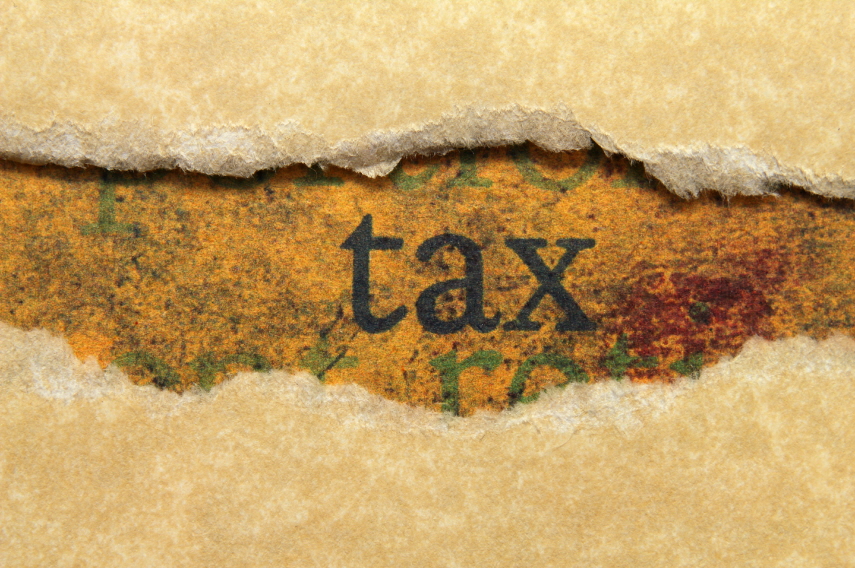
Recent developments in the real estate industry are proving to be a mixed bag for landlords.
Vacancy rates are increasing for the first time since 2009 as the number of empty properties grows. Although they only rose by 0.1 percent in the last quarter, it’s concerning because empty units are one of the largest drains on profit that landlords face.
The good news is that increased supply isn’t putting a damper on rent amounts, which continue to rise as newly built homes and apartments tend to command a premium.
But savvy landlords know that they need to act now to future-proof their profits against the potential for losses from higher vacancy and home-ownership rates as the economy recovers.
Here are five ways that landlords can maximize profit from their rental properties:
1. Increase the Rent, but be Competitive
If you price your unit too low, you’ll fill it quickly, but might miss out on thousands of dollars in rent. You need to ensure that you’re correctly calculating the cost vs. revenue on each property.
Location is the greatest influencer of price, but an excellent condition and updated decor also helps to maximize rental income.
In summary, start advertising 4-6 weeks out from lease end, and try to get the most you can for the rental. Check Craigslist and Zillow and New Star Realty for current market rent rates.
2. Work Smarter, Not Harder
Technology offers modern landlords opportunities to significantly reduce their property management overhead. One particularly useful platform is Cozy, which provides simple end-to-end rental management software for landlords and tenants.
Cozy reduces the amount of time you need to spend collecting applications, screening tenants, and collecting rent. Not only are tools like Cozy a better overall experience, it allows both the landlord and tenant to “set it, and forget it,” thereby making rent collection automatic.
You could also try uploading videos of your properties to YouTube or Vimeo and having your application link to those videos, year after year.

3. Take Advantage of All Tax Breaks
This is a no-brainer, as writing down every possible allowable expense reduces taxable profits and therefore your tax bill.
Landlords can claim all the maintenance and repair costs on their properties. Keeping your properties in excellent condition makes it much easier to find tenants and allows you to charge higher rents, too, making this a win-win situation.
You can also deduct mortgage interest as well as the costs you incurred buying your properties. You can’t deduct the latter all in one year, so you need to do it through annual depreciation, as property is classed as an asset like vehicles or machinery. Unlike other assets though, provided you did your homework when buying, your rental units should increase in value over time.
Other deductible expenses include insurance, business-related travel, contractors and the expenses of a home office, if you have one.
4. Target Your Ideal Tenant
Getting the perfect tenants for your property is a triple financial bonus; you’ll be able to set a higher rent and if they’re suitable they are less likely to leave, saving you costs associated with vacant units and tenant turnover.
Find out what your ideal tenant is likely to want, in terms of fixtures and fittings and décor, and give it to them.
This sounds simple but just make sure you do you research first: if your best tenant is a professional twenty-something then they’re likely to want different facilities and interior design than retirees or a family with young children.
Location is key too. Someone renting a luxury apartment in Los Angeles is quite likely to have different needs, expectations and tastes from someone renting a modest family home in Philadelphia.
Be realistic about how attractive your apartment is to potential tenants. Unless the neighborhood is rapidly improving, a rental property in a low-income area is unlikely to attract affluent tenants, no matter how well it’s decorated.
5. Install Solar Panels, Rent Storage Space, or Sell Ads
Take advantage of “green” tax incentives and rebates by installing solar panels on residential properties while they’re still available. Although at first glance it might seem that these benefit homeowners more than landlords, this is not necessarily the case. Once you’ve installed the solar panels, you can sell back excess energy to the grid, opening up another income stream from your property.
Your tenants will benefit from lower energy bills and as prices are predicted to keep rising, this is an advantage that could become even more attractive over time. This can be factored into the rent, allowing you to make a bigger rental income even as your tenant pays less overall.
If you have extra storage space, you could increase your profits by renting it to non-tenants. Further, there may be local businesses willing to buy advertising space. A simple banner hung on an exterior wall or side fence might bring in hundreds of dollars a month.
Credit to Guest Author – Ella Jameson
After graduating from university with a degree in English Literature, Ella worked as an editor and copywriter for several years before becoming a journalist.

